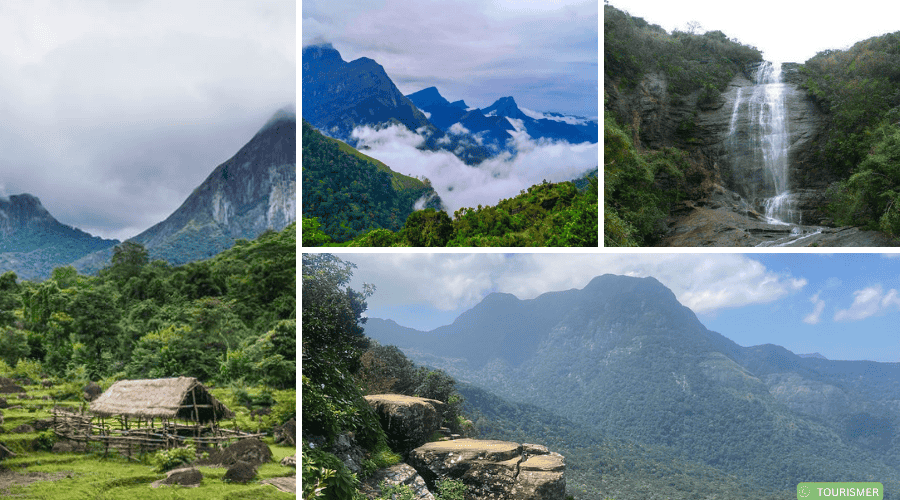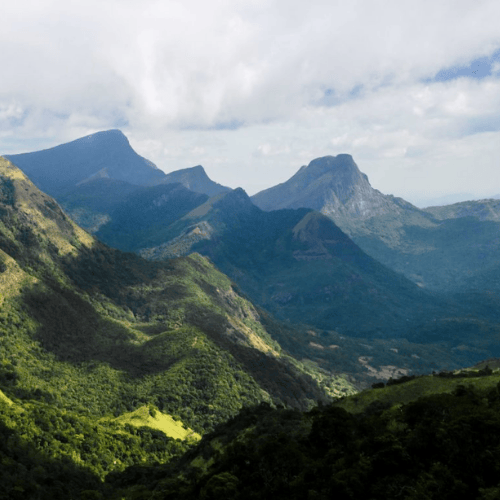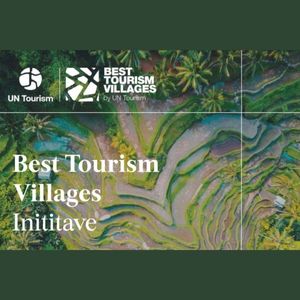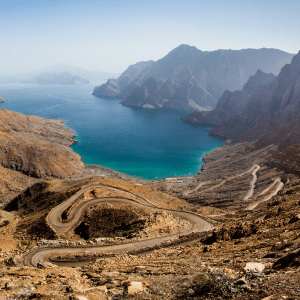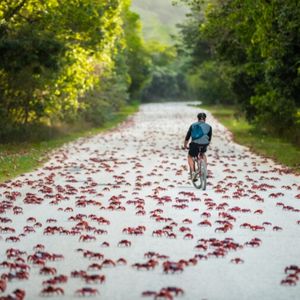Discovering the Knuckles Mountain Range: A Sanctuary for Nature and Responsible Tourism in Sri Lanka
Nestled in the heart of Sri Lanka’s Central Province, bridging the districts of Kandy and Matale, the Knuckles Mountain Range, also known as the Knuckles Massif, emerges as a stunning natural sanctuary and a hub of biodiversity. Its name reflects its shape, resembling a clenched fist, and this rugged highland region soars over 3,000 feet above sea level, covering around 21,000 hectares with five notable peaks: Kirigalpottha, Gombaniya, Knuckles, Koboneelagala, and Dotulugala.
A Heritage of Ecological Significance
Globally acknowledged for its ecological importance, the upper Knuckles region was designated as a climatic reserve in 1873 and transitioned into a conservation forest by 2000. In 2009, it earned recognition as a UNESCO World Heritage Site, becoming part of Sri Lanka’s Central Highlands. This designation underscores its vital role in protecting tropical montane forest ecosystems, which are among the most threatened and diverse in South Asia.
A Diverse and Fragile Ecosystem
The Knuckles Conservation Forest is a vibrant tapestry of landscapes. From semi-evergreen forests in the foothills to cloud forests at higher elevations, it hosts an impressive variety of endemic flora and fauna. During cooler months, mist envelops the landscape, and frost occasionally graces the upper slopes, enhancing its enchanting beauty.
The region boasts over 1,000 plant species, with nearly 15% unique to the island. Rare orchids, mosses, lichens, and ferns flourish in the cloud forests, while distinctive Pitawala Patana grasslands, Riverine forests, and Pygmy forests contribute to its diversity. This lush vegetation supports a wealth of wildlife, including 128 bird species (17 of which are endemic), 31 mammal species, and numerous reptiles, amphibians, and butterflies, featuring remarkable species like the Blue Mormon and Birdwing butterflies.
A Destination for Ethical Exploration
The Knuckles Range is not only a picturesque retreat but also a living laboratory and essential water catchment area, nourishing major rivers such as the Mahaweli, Heen River, and Hasalaka Oya. For visitors, it offers an array of eco-friendly activities: trekking, birdwatching, waterfall exploration, and nature photography. Trails vary from leisurely walks to challenging hikes, each providing unique insights into the region’s ecological wealth.
Tourism in this area must align with conservation efforts. The delicate nature of the environment necessitates responsible travel practices, including staying on designated paths, respecting wildlife, minimizing waste, and supporting local eco-guides committed to sustainability. By opting for eco-friendly accommodations and tour operators, visitors can contribute to preserving this extraordinary ecosystem for future generations.
Getting There
Accessing the Knuckles Range is feasible via three main routes from Kandy, through Rattota, Wattegama, or Teldeniya. Each route offers its own scenic allure, meandering through lush landscapes and welcoming villages that are integral to the region’s cultural heritage.
